Detection of sleep disordered breathing severity using acoustic biomarker and machine learning techniques
- PMID: 29391025
- PMCID: PMC5796501
- DOI: 10.1186/s12938-018-0448-x
Detection of sleep disordered breathing severity using acoustic biomarker and machine learning techniques
Abstract
Purpose: Breathing sounds during sleep are altered and characterized by various acoustic specificities in patients with sleep disordered breathing (SDB). This study aimed to identify acoustic biomarkers indicative of the severity of SDB by analyzing the breathing sounds collected from a large number of subjects during entire overnight sleep.
Methods: The participants were patients who presented at a sleep center with snoring or cessation of breathing during sleep. They were subjected to full-night polysomnography (PSG) during which the breathing sound was recorded using a microphone. Then, audio features were extracted and a group of features differing significantly between different SDB severity groups was selected as a potential acoustic biomarker. To assess the validity of the acoustic biomarker, classification tasks were performed using several machine learning techniques. Based on the apnea-hypopnea index of the subjects, four-group classification and binary classification were performed.
Results: Using tenfold cross validation, we achieved an accuracy of 88.3% in the four-group classification and an accuracy of 92.5% in the binary classification. Experimental evaluation demonstrated that the models trained on the proposed acoustic biomarkers can be used to estimate the severity of SDB.
Conclusions: Acoustic biomarkers may be useful to accurately predict the severity of SDB based on the patient's breathing sounds during sleep, without conducting attended full-night PSG. This study implies that any device with a microphone, such as a smartphone, could be potentially utilized outside specialized facilities as a screening tool for detecting SDB.
Keywords: Acoustic biomarker; Apnea–hypopnea index; Deep neural network; Polysomnography screening test; Sleep disordered breathing.
Figures
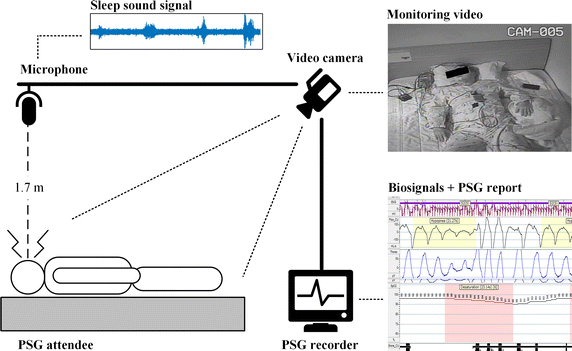

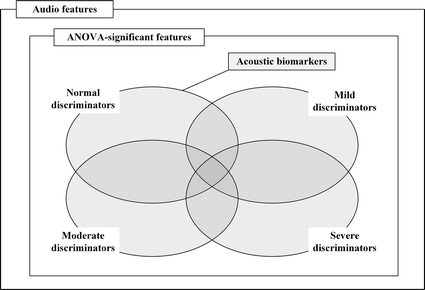
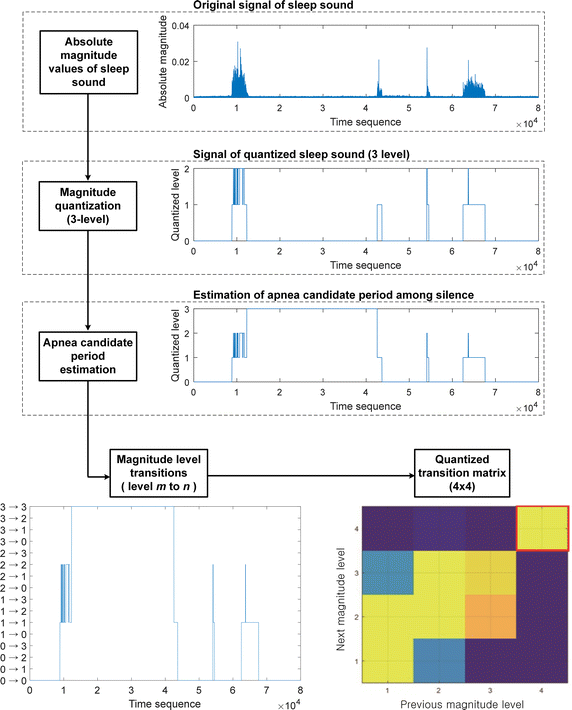
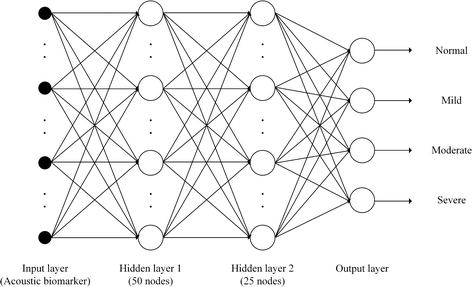


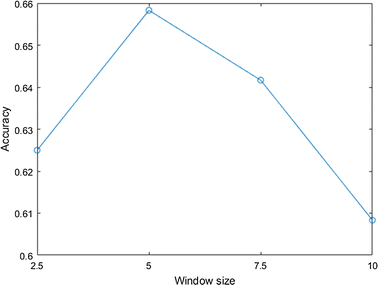
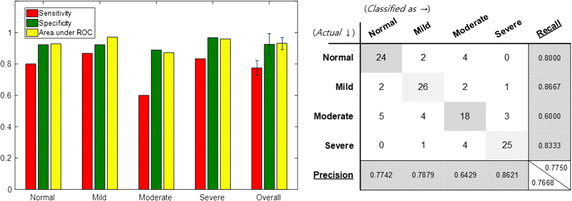


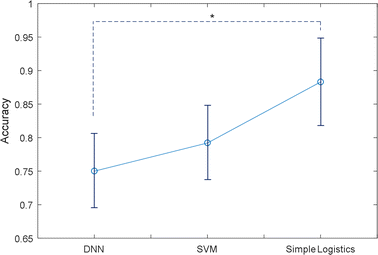

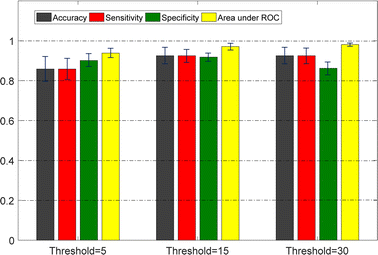
References
-
- Behar J, Roebuck A, Shahid M, Daly J, Hallack A, Palmius N, et al. SleepAp: an automated obstructive sleep apnoea screening application for smartphones. In: Proc. computing in cardiology conference. 2013. p. 257–60. - PubMed
MeSH terms
Substances
Grants and funding
LinkOut - more resources
Full Text Sources
Other Literature Sources
Medical

